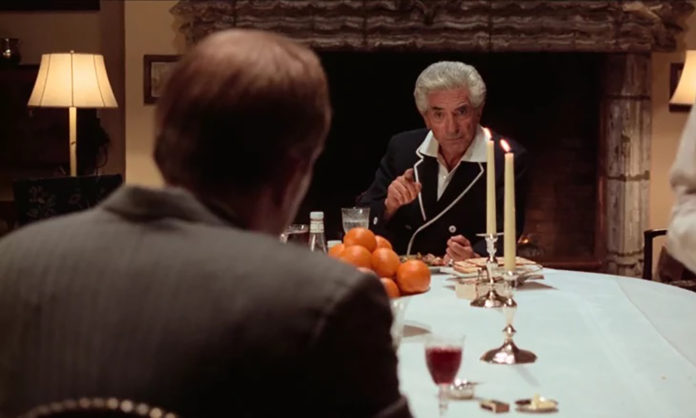In a recent post, C.S. Lakin discusses how the use of motif can bring your characters, story, and theme together in a powerful way. “Few novelists ever give thought to adding motifs,” she says. “They might do so subconsciously or inadvertently, but I’d like to encourage you to take some time and deliberately construct some motifs so that they serve as superglue in your story.”
Brainstorming
Motif arises from and reinforces your theme. Consider what images come to mind when you think about your novel, as well as key moments. If certain colors or objects pop up regularly, make a note of them. Lakin suggests imagining the movie poster for your book as a way to distill you novel to its most important elements.
Choosing your object
Identify or create an object your protagonist values, like a family heirloom, special gift, or a found object to which she has attached some meaning. Introduce the object early on and bring it back into focus at pivotal moments, including your finale. “Objects can spur not just memory but powerful emotion, so if you have an object connected to a very important moment in a character’s past (whether something painful or joyful), you can then springboard from there to infuse this object with deep meaning,” Lakin says.
Moving from object to concept
Using that same object, consider what else is can represent, other than its meaning for the protagonist. Brainstorm multiple ways to view the object and consider if any of these interpretations match elements or key moments in your protagonist’s story. An object that represents a threat at the beginning of your novel can transform into a symbol of power or security. Explore the different ways your character can relate to the item.
Reinforcing the motif
To take the idea one step further, consider introducing a second item that reflects the object, and either reinforces or negates it. An object that caused your protagonist pain or embarrassment early in your novel could become a symbol of hope or triumph.
Lakin suggests freewriting and word association as ways to identify a strong motif. Write down an emotion or thematic element from your novel, then freewrite all the words and images that come to mind. Picture your character experiencing the emotion or acting out the them. What are they doing? Where are they? What do they focus on in the moment?
Once you have your list, choose a few items that intrigue you and look for places to incorporate them in your novel. You don’t need to craft a whole scene or major moment, but merely drop the item where your character will experience it, and the memories and emotions associated with it. “The possibilities are endless, but the key to all this is 1) it must have emotional significance for the character 2) it should somehow tie in with your themes, and 3) it should be simple and clear in its symbolism,” Lakin says. “You don’t have to go whole-hog into allegory to make powerful points in your novels, however. Just using a few well-developed and meaningful motifs can add that cohesion and depth your novel might be lacking.”












